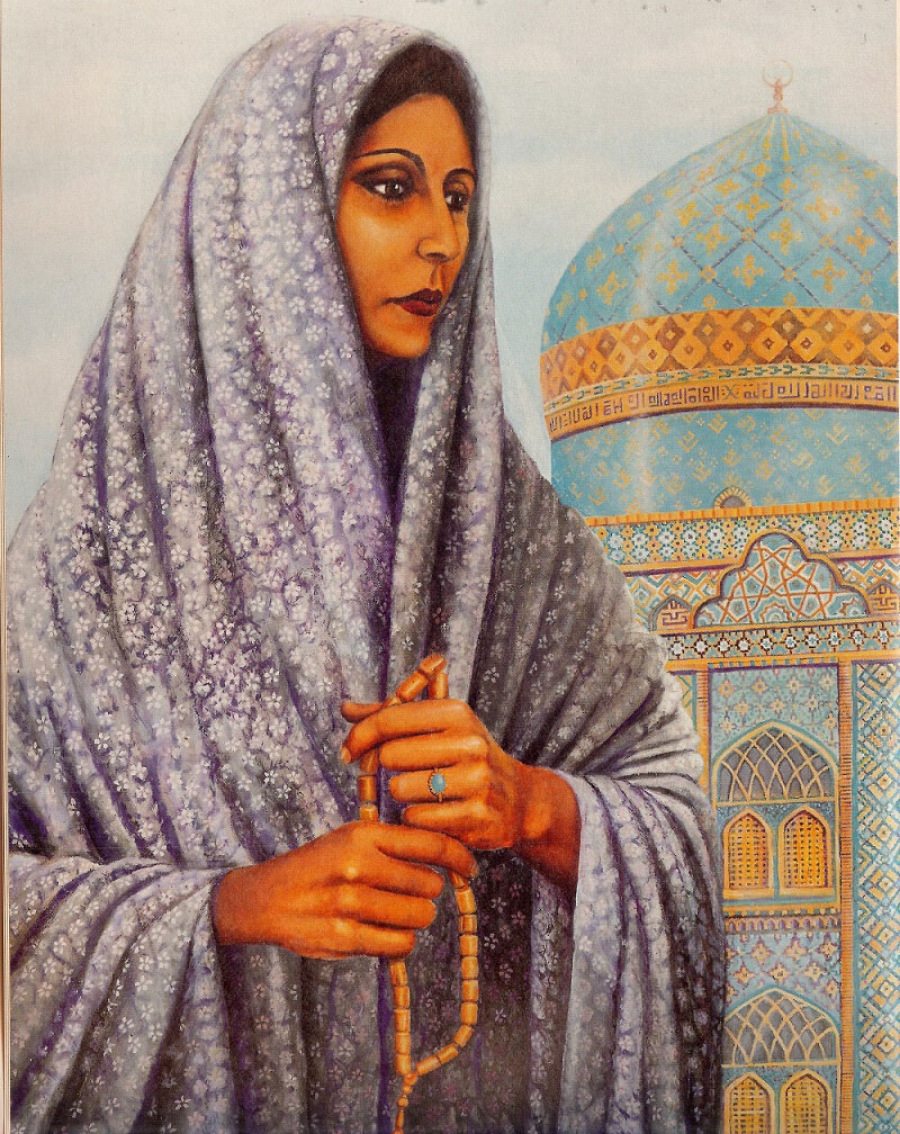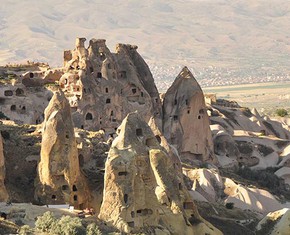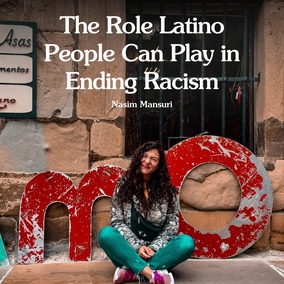The views expressed in our content reflect individual perspectives and do not represent the authoritative views of the Baha'i Faith.
Around the midpoint of the 19th century, a young Persian man named Siyyid Ali Mohammad—the Bab—claimed to be the return of the Promised One.
Faithful Muslims, who had yearned for years for the coming of the Promised One, suddenly found themselves faced with doubt, tremendous delight and unbridled hope. The Bab (which means “the Gate”) taught that a new Faith had come, and challenged people to freely investigate its claims. Some became intoxicated with love for the Bab and embraced his cause. Others, confused, continued to wander in search of truth. Yet others, with the utmost prejudice and disbelief, and fearing the loss of their positions and authority, tried to quench the flame of the newly ignited Babi Faith.
Inspired by prophecies from the holy texts and by the guidance and training of their spiritual teachers, many seekers of truth travelled far and wide in search of the Promised One. Before the Bab publicly proclaimed his new Faith, eighteen followers (known to history as Letters of the Living) independently recognized him and arose to promote his teachings.

Tahirih
Among the first 18 Letters of the Living was a single female believer. She embraced the faith of the Bab at a time when women were in effect servants to men and were absolutely devoid of any power, any recognition, or any voice. People believed that women were weak, were only created to bear children and to take care of the household, and had no role in the larger social order.
In such an environment, the appearance of a highly educated, revolutionary and courageous woman with unparalleled wisdom and knowledge was a unique and wondrous occurrence. This noble and distinguished woman, named Fatimeh, was like a brilliant star, illuminating Persia with her poetic words and brave deeds. She became a mythical figure, still revered today.
Fatimeh was the daughter of a well-known Muslim clergyman in Qazvin. Her uncle was a particularly influential clergyman, too, and had absolute authority in the city. From an early age, Fatimeh studied religious themes deeply. She fortunately had access to the private library of her father and her cousin, and this allowed her to spend much of her time in learning, study and research. Soon the depth of her understanding and the potency of her eloquent speech attracted the hearts of many of her family and friends, and her fame as a scholar and powerful thinker grew.
Through her studies—and despite strong opposition from her father and uncle—she developed an interest in the teachings of the Shaykhi Sufis. She ultimately recognized the truth of the teachings of Shaykh Ahmad Ahsai—who had predicted the coming of the Promised One—and began corresponding with his successor Siyyid Kazim Rashti. Her style of writing and the topics of her research were so compelling and profound that Siyyid Kazim bestowed upon her the title of “Solace of the Eyes” (Qurratu’l-Ayn).
Siyyid Kazim’s students, who had learned of her profound knowledge, asked her to allow them to learn from her. She accepted their request, and because a woman at this time and place could not face men in public, she conducted the sessions from behind a curtain, answering her new students’ many religious and jurisprudence questions. This increased her fame in neighboring countries. Having a woman occupy the chair in the school of jurisprudence was unheard of!
During these years the news of the appearance of the Bab spread over the mountains and cities, and reached Fatimeh, first in a dream, as she was:
… fasting by day, practicing religious disciplines, and spending the night in vigils, and chanting prayers. One night when it was getting along toward dawn she laid her head on her pillow, lost all awareness of this earthly life, and dreamed a dream; in her vision a youth, a Siyyid, wearing a black cloak and a green turban, appeared to her in the heavens; he was standing in the air, reciting verses and praying with his hands upraised. At once, she memorized one of those verses, and wrote it down in her notebook when she awoke. After the Bab had declared His mission … [she] was reading a section of the text one day, and she came upon that same verse, which she had noted down from the dream. Instantly offering thanks, she fell to her knees and bowed her forehead to the ground, convinced that the Bab’s message was truth. – Abdu’l-Baha, Memorials of the Faithful, pp. 193-194.
In a letter and a few lines of poetry, she conveyed her recognition of the Bab to him. Upon receiving Fatimeh’s letter, the Bab accepted her faith—and she became the only female Letter of the Living.
This demonstrated that in the new revelation, women and men are equal in rank, and women would soon gain a pivotal place in society.
After her recognition of the new revelation, Fatimeh dedicated her life to spreading the teachings of the Bab. It brought her a great deal of hardship and tremendous suffering. As her fame grew, the majority of her family publicly arose against her. Fatimeh paid no attention to the attacks, and through her written and spoken word, reached out to many Babis throughout the country and watered the tree of their faith.
In 1848 she travelled to the village of Badasht, where she participated in a significant conference planned by prominent Babis to announce the new revelation and abrogate Muslim law. At this conference, she was given the title of “Tahirih”—the Pure One.
During this pivotal conference of Badasht, Tahirih played a historic role that signified the separation of the Babi Faith from previous religious dispensations. Her actions illustrated the absolute independence of the Bab’s revelation, and also elevated the rank and station of women throughout the Middle East. At the conference, Tahirih removed the veil from her face in public—an absolutely shocking symbolic act for that time and place—and advised all women to arise and claim their God-given human rights, encouraging them to strive in the arena of education and social service. She openly and radically advocated the emancipation of women.

Prison where Tahirih was held in Tehran
Two years after the conference, she was arrested, brought to Tehran, imprisoned again and in 1852 she was murdered by order of the royal court. Like thousands of Babis during that time, she gave her life for her beliefs. History has recognized the great contribution of Tahirih towards social reform, and placed her among those women whose names will forever illuminate the story of humanity. Edward G. Browne, a prominent British Orientalist scholar, wrote:
The appearance of such a woman as Qurratu’l-Ayn is in any country and any age a rare phenomenon, but in such a country as Persia it is a prodigy – nay, almost a miracle. Alike in virtue of her marvelous beauty, her rare intellectual gifts, her fervid eloquence, her fearless devotion and her glorious martyrdom, she stands forth incomparable and immortal amidst her country-women. Had the Babi religion no other claim to greatness, this were sufficient—that it produced a heroine like Qurratu’l-Ayn.
















Comments
Sign in or create an account
Continue with Googleor